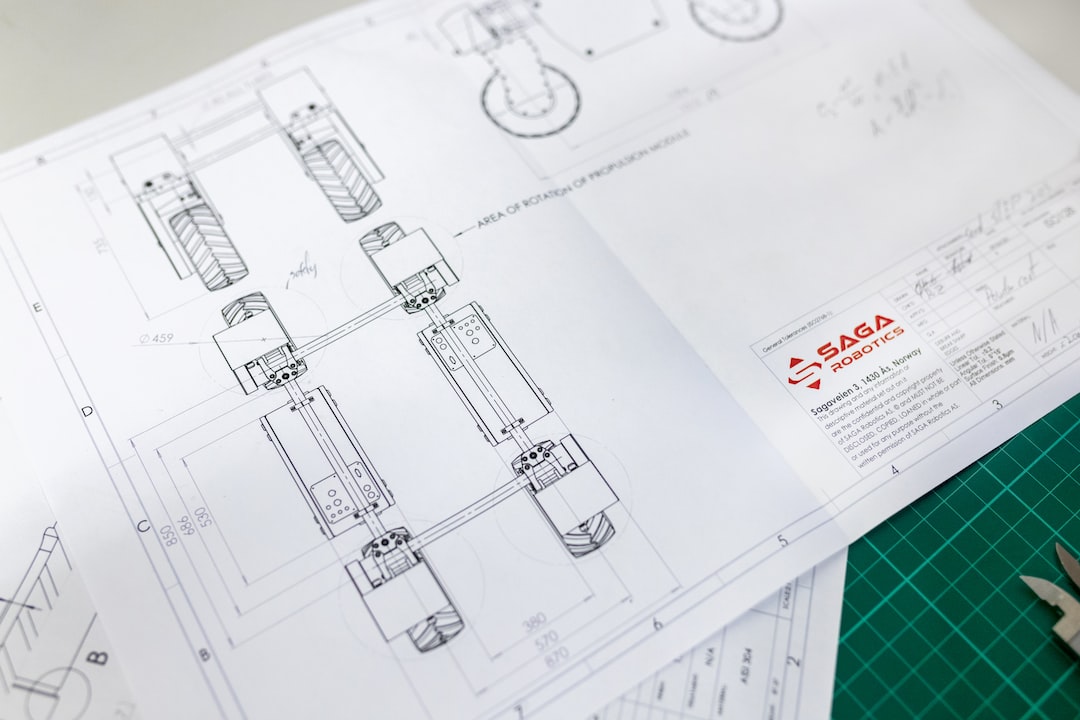The Rise of Green Building: Engineering Sustainable Structures
In recent years, there has been a growing emphasis on sustainable living and environmental awareness. One of the most significant contributions to this movement has been the rise of green building – the practice of designing and constructing structures that are environmentally responsible and resource-efficient. In this blog post, we will explore the principles of green building and the impact it has on creating sustainable structures.
The concept of green building is rooted in the idea of reducing the negative environmental impacts of buildings, while also improving the health and well-being of its occupants. From residential homes to corporate offices and public facilities, green building practices can be implemented across various building types and sizes.
One of the key principles of green building is energy efficiency. By utilizing advanced insulation techniques, high-performance windows, energy-efficient appliances, and renewable energy sources, green buildings can significantly reduce their energy consumption. This not only benefits the environment by reducing greenhouse gas emissions, but also helps occupants save on energy costs.
Another important aspect of green building is water efficiency. Traditional buildings consume significant amounts of water for activities like irrigation, washing, and sanitation. Green buildings, on the other hand, employ water-saving fixtures, rainwater harvesting systems, and wastewater recycling to minimize water usage and help conserve this precious resource.
Materials used in construction also play a crucial role in green building. Sustainable materials such as recycled wood, bamboo, and reclaimed materials reduce the demand for new resources and minimize the environmental impact of construction. Additionally, the use of locally sourced materials reduces transportation energy and supports the local economy.
Indoor environmental quality is another key consideration in green building design. Buildings often have a profound impact on the health of their occupants, with factors like air quality, lighting, and temperature affecting productivity and overall well-being. Green buildings prioritize the use of non-toxic materials, proper ventilation systems, and natural lighting to enhance indoor air quality and create a healthy and comfortable environment.
Beyond the environmental and health benefits, green buildings also have a positive impact on the economy. According to the U.S. Green Building Council, construction of green buildings generates more jobs and contributes to economic growth. Additionally, green buildings have been shown to have higher property values and lower operating costs, providing long-term financial benefits to owners and investors.
The rise of green buildings has been fueled by various initiatives and certifications that promote sustainable construction practices. LEED (Leadership in Energy and Environmental Design) certification, for example, is a globally recognized standard that assesses the overall sustainability of a building, considering factors like energy and water efficiency, materials used, and indoor environmental quality.
As the demand for green buildings continues to grow, engineers and architects are at the forefront of designing structures that are functional, aesthetically pleasing, and environmentally friendly. This requires incorporating sustainable design strategies, advanced technologies, and innovative construction methods to create structures that are both visually appealing and environmentally responsible.
In conclusion, the rise of green building has transformed the construction industry by promoting sustainable and energy-efficient structures. Through the principles of energy and water efficiency, sustainable materials, and indoor environmental quality, green buildings not only benefit the environment but also enhance the health and well-being of occupants. As we face the challenges of climate change and resource scarcity, the engineering of sustainable structures has become more important than ever to create a greener and more sustainable future.

